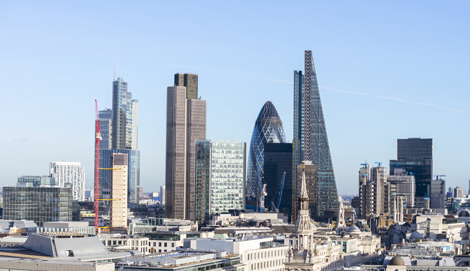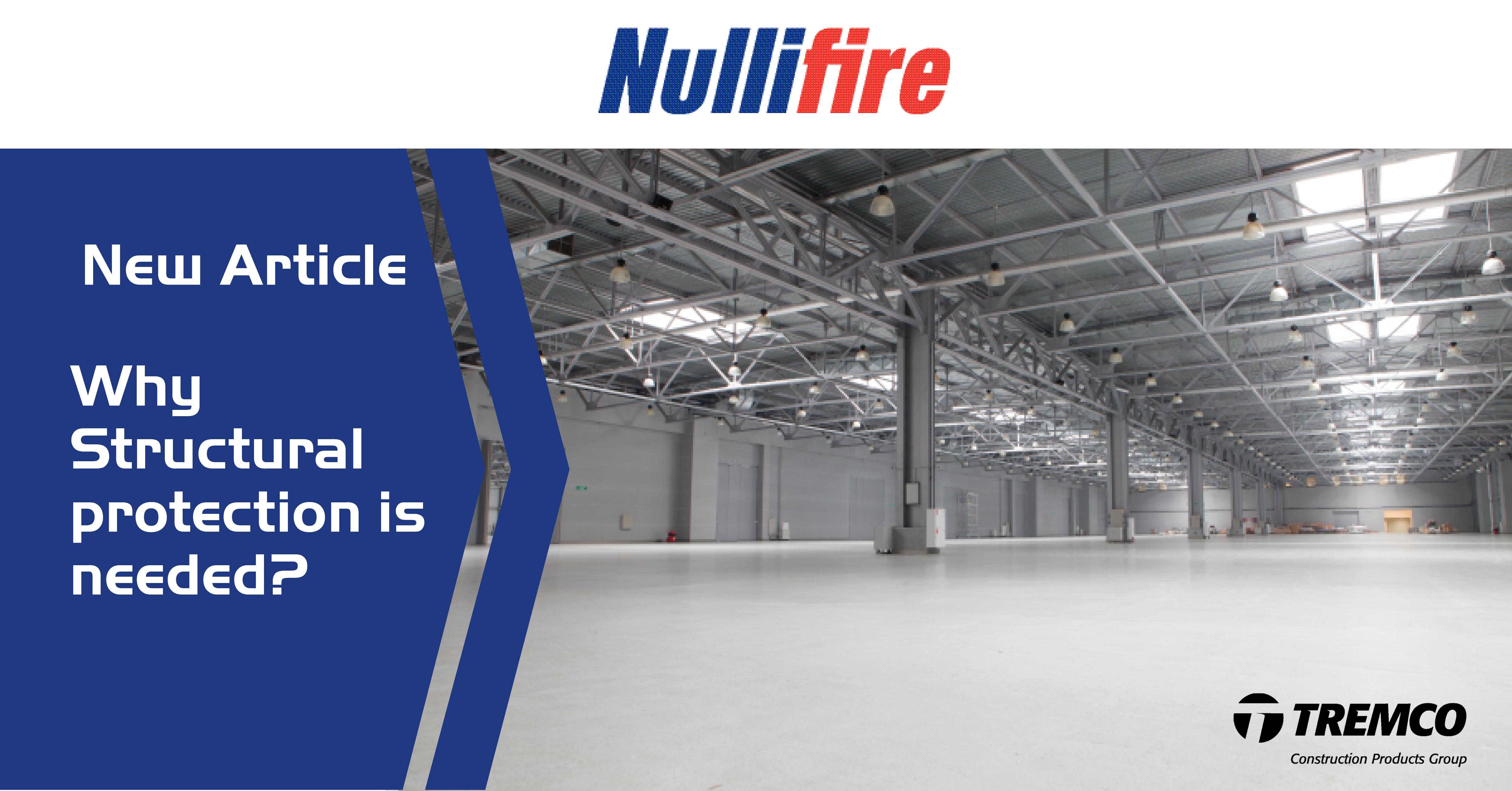London's Skylike, UK

From World War II to the present day, the skyline of London has seen many transformations with more and more vertical constructions . With this new constructive logic architects must respond to amplified safety issues such as the event of fire and the obligation to facilitate the evacuation of the occupants as well as to avoid propagation to neighbouring buildings. With these topics in mind, Nullifire supplies passive fire protection solutions offering you protection from fire for multiple situations. Many iconic buildings across the English capital have Nullifire solutions in place. A safe story to discover in video…
A Brief History of the London Skyline
Images from World War II often show the distinctive dome of St Paul's Cathedral, silhouetted against the night sky amid the flames of fires that raged in London's East End docks and beyond.
This iconic structure by Sir Christopher Wren, itself designed by the architect in the aftermath of the Great Fire of London, is so revered that "St Paul's views" remains an important factor in the planning of a building, even if, as anyone who knows the capital can tell you, that the skyline nowadays is punctuated by an increasing number of skyscrapers and more and more cranes to build them.
In fact, there are currently over 200 new constructions over 20 stories high in Greater London, either completed or planned. In fact, given the price of land and the increase in the population, the vertical development of sites is becoming increasingly attractive to investors.
Rising to a height of 189 meters, the Post Office Tower became Britain's tallest structure in 1964, built primarily to support antennas to send television signals across the country. Completed at the same time, albeit a little small at just 117 meters, Center Point Tower is a famous landmark at the junction of Oxford Street and Tottenham Court Road. It has remained infamous for having remained empty for many years.
Its architect, Richard Seifert, however persevered and designed the NatWest Tower, which took over the title of tallest building in the United Kingdom in 1981. An IRA bomb attack 12 years later forced its total renovation and it was renamed Tour 42, with reference to its floor levels. Meanwhile, the financial "Big Bang" of the 1980s saw London Docklands expand and the Canary Wharf Tower - AKA One Canada Square - rise to 244 meters in height in 1990.
Among the most notable recent commercial office buildings in London is 30 Ax St Mary, designed by Norman Foster in 2003 and commonly referred to as the Gherkin. As for the Shard, owned by Qatar - culminating at 309 meters in height - it is in fact today the tallest habitable structure in the country, nearing completion on Fenchurch Street; she's nicknamed the Walkie-Talkie, and holds a record of newspaper headlines towards it, although this is not to her advantage. Built for the Canary Wharf Group and Land Securities, according to Rafael Vifioly's plans, the building is distinguished by the concave shape of its facade, which unfortunately concentrates the sun's rays, like a parabolic mirror, which had the effect of generating a "heat beam" that swept through the street below, burning down a carpet store and melting the bodies of vehicles there.
The importance of Passive Fire Protection
This historical reminder highlights that architects and engineers must exercise the greatest possible foresight when examining the safe operation of their designs, both for their occupants and to ensure, should a fire occur, that it cannot propagate to neighbouring constructions.
In addition to installing active fire protection measures such as detectors, alarms and sprinkler systems, the design teams systematically strive to choose non- or low-combustible materials. At the same time, precautions must be taken to prevent the spread of flames or smoke between floors or between separate compartments, and this is particularly crucial in exits and emergency stairs.
These are called "fire-rated " areas, which can be effectively treated using solutions from a recognised specialist manufacturer such as Nullifire.
Every penetration into walls and floors, whether it be clean or wastewater pipes, power cables or data transmission, is a powerful passage for the fire. Whatever the size, number and position of the openings, there are effective fire protection solutions, by combining the different products of the Nullifire range.
It is also essential to treat the steel frames of buildings and to protect all columns, beams etc. by means of intumescent coatings , applied either in the factory or on site. The intumescent paints high performance water-based can provide passive fire protection up to 120 minutes while allowing considerable implementation time savings compared to conventional coatings.
Nullifire passive fire protection solutions
As an international leader in its field, Nullifire also reacted early on to the government-driven adoption of Building Information Modeling or BIM - an area in which the Walkie Talkie building has been hailed as the flagship. So Nullifire SC902 can now be imported directly into specifiers' drawings as a BIM object.
More recently, Nullifire has demonstrated its involvement in the design community, as an associate partner of the exhibition “London's Growing Up”, in which the architects offered their own idea of what the future shape of the sky might be skyline of the capital.
Basically, all the consultants and contractors who turn to Nullifire to help them respond to their passive fire protection issues, can count on expert advice, technical support, and efficient and reliable products.










